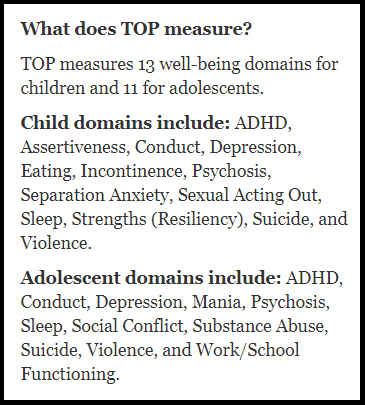Hamilton County will soon use a new tool to help child welfare workers gather and assess information about children, while also helping the agency measure the outcomes and determine the strengths of contractors providing services to those children.
The predicted end result: a better understanding of a child’s needs to ensure more effective treatment, which will lead to fewer placement disruptions, increased opportunities for reunification and improved safety.
 “Keeping children safe – that is the end goal of everything we do here,” said Margie Weaver, assistant director – Children’s Services. “Every tool we use, every program we implement, every new effort we engage in, these are all puzzle pieces that ultimately connect together to support safety decision making.”
“Keeping children safe – that is the end goal of everything we do here,” said Margie Weaver, assistant director – Children’s Services. “Every tool we use, every program we implement, every new effort we engage in, these are all puzzle pieces that ultimately connect together to support safety decision making.”
Kids Insight’s Treatment Outcome Package (TOP) is an innovative, holistic and easy-to-use approach to assessing and improving the emotional health and well-being of children involved with the agency’s Children’s Services division. TOP asks the child, and those close to a child – birth and foster parents, clinicians, teachers, caseworkers and the Children’s Services worker, among others – to answer a 10-minute survey that will measure 11 to 13 different dimensions of well-being. The survey takers will be asked to assess things such as how a child is sleeping and how well they are doing in school.
TOP then generates a 360-degree report on the child’s progress based on the input from all of the surveys. This information is used in conversations among professionals, parents and the child, as well as to develop treatment plans. These snapshot reports also make it possible to identify and respond to problems before they become full-blown crises.
For example, if a child identifies himself or herself to be at risk of suicide or violence, the child welfare worker will be notified immediately to intervene. Another example: a birth parent may feel a child does not need mental health counseling, but the 360-degree assessment from multiple people might help convince the parent treatment is necessary.
“This is a really good engagement tool, providing parents and caseworkers with a ‘group’ voice on a child, not just one person’s opinion,” said Traci Marr, Children’s Services section chief, who is also helping with implementation. “Sometimes providers have something really important to say, and that information doesn’t always get to the right person. This ensures their input is gathered and assessed. ”
Deana Coddington, a Children’s Services manager, who also is helping to implement TOP, likes the bang for the buck the tool provides.
“This tool provides caseworkers valuable information about a child’s emotional and mental well-being without much added work on their part,” she said. “It will allow us to match their children with the most effective providers, which will speed the treatment and reunification process.”
Ellen McCartney, a project manager in the Quality Assurance unit who is leading implementation, said TOP will be implemented as a pilot beginning March 19 with cases where custody is granted to the agency through an emergency court order. That consists of about a dozen cases a week. Full implementation is expected by the end of the year.
McCartney said a program support position will be hired to assist family conference facilitators in handling the survey process, which will be conducted every 90 days on each child in custody. Workers will use a simple web-based dashboard to view and analyze the results.
“One of the biggest advantages of tracking these results over time is seeing what impact a provider is making on the overall population of JFS youth with whom they work,” McCartney said. “For example, one provider might be much better at serving older children, or children with depression. Data will eventually become available at the provider level, and tell us which of our contractors are best able to serve children with that particular need or characteristic.
“Ultimately, we hope to have our children receive services from a provider whose specialties fit their particular needs. TOP will give us the information we need to inform those decisions when creating a treatment plan.”
Likewise, if the TOP data shows that current providers are not succeeding in treating certain behavioral health issues, the agency can identify gaps in available services and develop new programs that are not currently available in the community, she said. “Overall, we will know more about the needs of our youth and whether there are sufficient services available to help them meet their goals.”
Kids Insight considers TOP the world’s largest database of health, trauma and well-being outcomes, consisting of 1.1 million individuals and 60,000 providers. Developed over 20 years of collecting data from real cases, it has been scientifically validated by leading academic institutions including Harvard University, The University of Pennsylvania, George Washington University and Case Western Reserve University. The Annie E. Casey Foundation supported the development of the tool, which is currently used in 34 states.